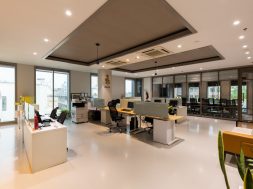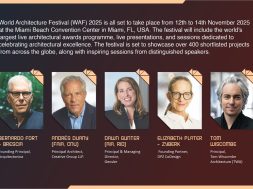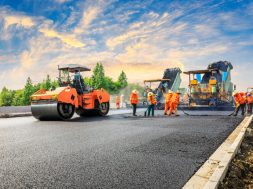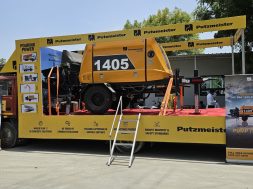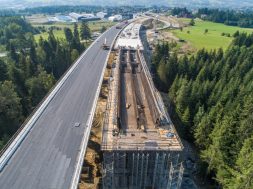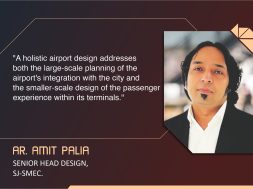Adaptive workspaces balance culture, technology, and comfort
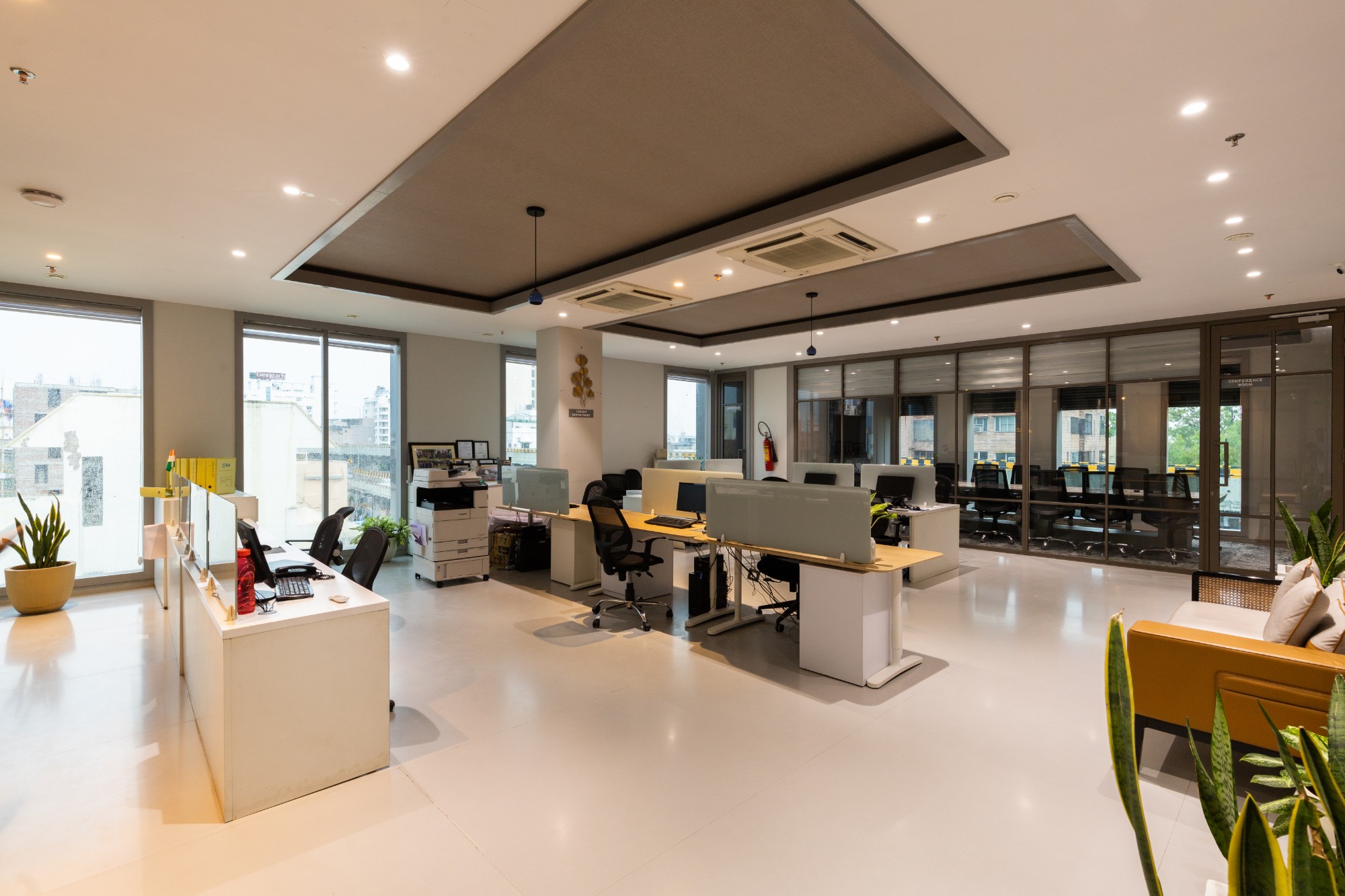
Ar. Sumit Dhawan and Ar. Rajkumar Kumawat discuss workspace evolution—how to incorporate technology, sustainability, and human-centred values into design.
Following a global pandemic that fundamentally altered our interaction with physical space, the long-held concept of the workplace underwent an unprecedented and revolutionary transformation. Organisations across industries and geographies are now grappling with the sophisticated complexities and subtle challenges of integrating effective hybrid work arrangements that balance remote flexibility with collaborative face-to-face interactions. At the same time, they are being forced to adjust to dramatically different employee attitudes towards work environments, work-life balance, and workplace amenities. This paradigm shift represents a fundamental rethinking of what workplaces can and should be in the twenty-first century: adaptable and diverse spaces that serve as strategic tools. In this article, experts from the design industry discuss the future of workspace design.
Balancing form and function in modern workplaces
“A building must speak for itself with its concept, rather than having theoretical philosophy to it,” explains Ar. Sumit Dhawan, Founder & Principal Architect at Cityspace’82 Architects. Adopting a to-and-fro methodology ensures that every endeavour has the perfect balance of functionality and form. This philosophy is especially relevant as workplaces transition from rigid, standardised environments to flexible spaces that accommodate a variety of work styles and preferences. Furthermore, design should capture stories, emotions, and the essence of the people who inhabit these spaces through meticulous attention to detail that includes volume, scale, and materiality.

Creating spaces that reflect identity and purpose
The most effective workplace designs nowadays reflect an organisation’s culture, values, and mission in addition to meeting fundamental functional needs. Adding to this, Ar. Rajkumar Kumawat, Founder & Principal Architect at Rajkumar Architects, asserts, “A personalised approach can be increasingly important as companies compete for talent and seek to create environments that support employee wellbeing and productivity. One can elevate the user experience by harnessing the latent potential waiting to be unleashed.”
The emergence of dynamic and flexible workspaces
The physical office is changing from a static setting to one that is characterised by flexibility and versatility as work patterns change. “Fixed desks and enclosed offices are giving way to multi-functional spaces that can be reconfigured based on changing needs. Today’s workplaces need to support various modes of work, from focused individual tasks to collaborative team projects,” explains Dhawan, who has applied his eclectic design style to numerous commercial spaces.

Technology integration and sustainability
The seamless integration of technology into workplace design is emphasised by architects. As hybrid work becomes the norm, offices must support both virtual collaboration and in-person interaction. “Smart building systems, touchless technologies, and digital integration are no longer luxuries but necessities,” notes Kumawat, incorporating such elements into his designs. Sustainability has also emerged as an essential component of modern workplace design. Modern offices can support sustainability goals by incorporating elements such as green walls and biophilic principles.
Looking to the future
It seems that workplace design will become more individualised, adaptable, and human-centred in the future. With AI and smart technology, modern workspaces can anticipate dynamic offices. Furthermore, combining different design styles results in environments that feel both new and timeless–a delicate balance that is especially useful in rapidly changing workplaces.
Organisations provide insightful viewpoints on developing dynamic, flexible, and human-centred workplaces as they traverse the challenging terrain of post-pandemic work. They are influencing the future of work environments by balancing form and function, integrating technology, prioritising sustainability, and taking psychological impacts into account.
For more details, visit: https://rajkumararchitects.com/ | https://www.cityspace82.com/
Cookie Consent
We use cookies to personalize your experience. By continuing to visit this website you agree to our Terms & Conditions, Privacy Policy and Cookie Policy.
